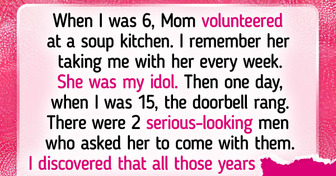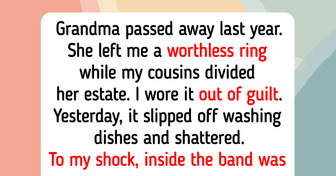“Looks 30 Years Younger,” Michelle Yeoh, 61, Chops Her Long Hair and Creates a Stir

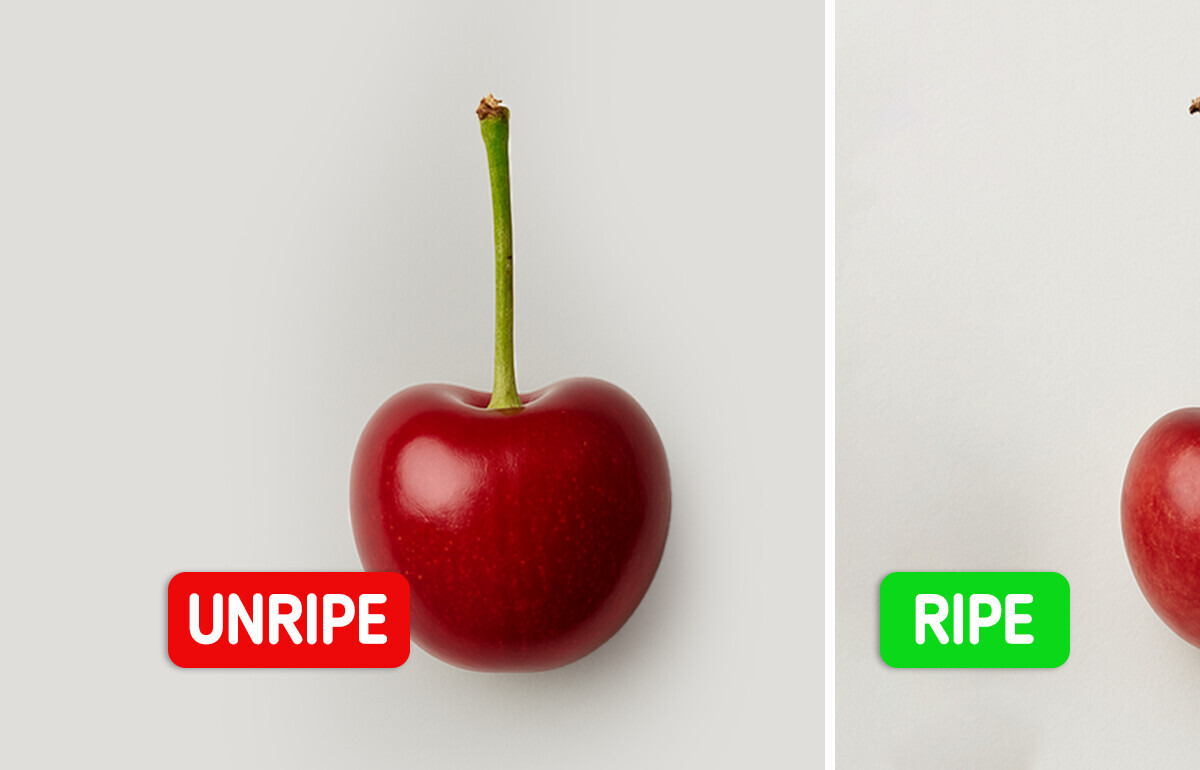
Ever stood in the produce aisle, awkwardly squeezing avocados like you’re testing stress balls, only to end up with underripe or overripe duds? You’re not alone. Picking perfectly ripe fruit doesn’t have to be a guessing game—or a public spectacle. Here’s how to choose sweet, juicy winners every time.
Avocados are delicious, creamy fruits packed with nutrients, but picking the perfect one at the store can be tricky. They ripen quickly, and it’s not always easy to tell which are ready to eat and which need more time.
Look for avocados that yield to gentle pressure and vary in size, shape, and color—from green to black. Brown markings on the skin don’t affect the quality. Ripe avocados typically have darker skin and will feel slightly soft when squeezed with firm but gentle pressure. You can also buy green, firmer avocados and let them ripen at home.
Bananas are a go-to snack—sweet, convenient, and full of energy. But finding ones at just the right stage of ripeness can feel like a guessing game at the store.
Choose firm, bruise-free bananas with a yellow peel touched with green. If needed, you can ripen them at room temperature. Bananas that are evenly yellow are ripe, but they often taste best when the first brown spots start to appear. If you’d like them to last a few more days, opt for greener ones and let them ripen at home.
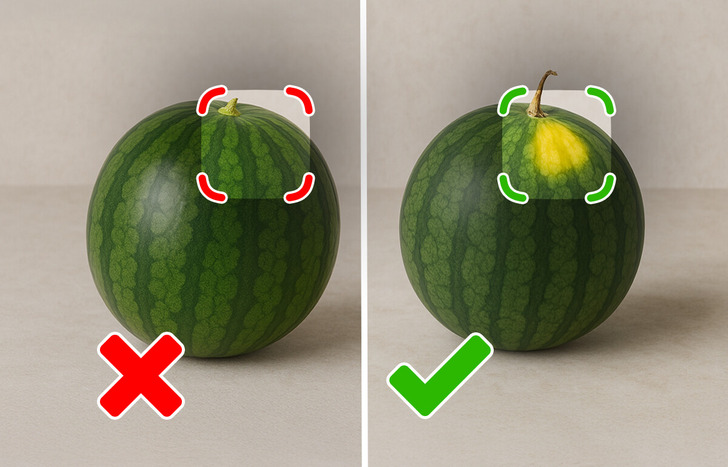
Melons are the ultimate refreshing treat, but choosing a ripe, juicy one can be a bit of a mystery. With so many shapes, colors, and varieties, it’s easy to second-guess your pick.
Look for melons with a symmetrical shape and dull surfaces—cream-colored on the underside for watermelons. A ripe watermelon should feel heavy, have a dull rind, and sound hollow when thumped. Shiny watermelons may still be underripe. Honeydew melons should be pale to light yellow, not green, and cantaloupes should be sweet-smelling and evenly netted on the outside.
Buying peaches can be tricky—sometimes they look perfect but turn out hard, flavorless, or already overripe. Choose peaches with rich, deep color and a sweet fragrance. They should feel firm but give slightly under gentle pressure. Avoid any with bruises or wrinkled skin—they’re past their prime.
Select stone fruit with firm skin, softer fruits are sweeter and juicier. Leave them to ripen before refrigeration. A deeper color is a hint of ripeness, especially around the stem end.
Citrus fruits and kiwis are full of flavor and vitamin C, but choosing ripe ones can be a little hit-or-miss without knowing what to look for. The secret is often in the scent and feel.
A ripe citrus fruit gives off a strong, pleasant aroma—sniff near the stem or gently scratch the peel to check for a sweet or zesty scent. Firm fruits with bright, finely-textured peels are typically ripe. Redder grapefruits and pomelos with a yellow tinge are usually sweeter. For seedless, sweet oranges, go for navel varieties.
Apples are a year-round favorite—crisp, juicy, and perfect for snacking or baking. But with so many varieties and subtle signs of ripeness, it’s easy to second-guess your choice in the produce aisle or orchard.
Choose apples that are heavy for their size and firm to the touch. The peel should be naturally shiny and free from bruises or blemishes. Look for vibrant color and check that the stem is still intact—it helps the apple stay fresh longer. A ripe apple will have a pleasant, sweet aroma; if it smells off or has wrinkly skin, mushy spots, or oozing juice, it’s past its prime. If you’re apple-picking, remember: apples on the outer edges of the tree ripen first, and gently twisting them off helps preserve their freshness.
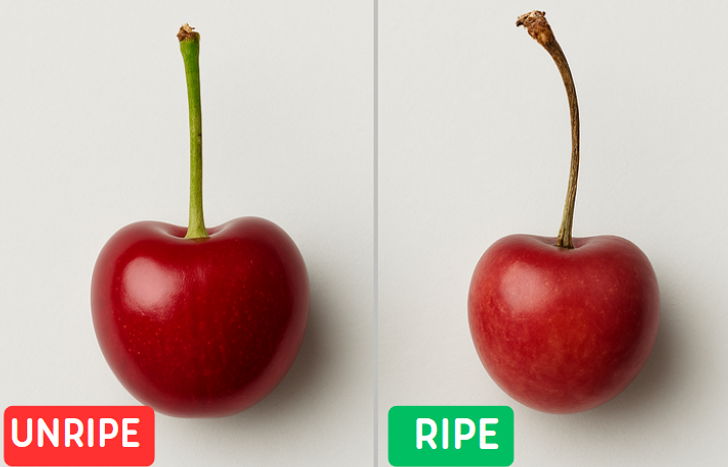
Cherries are a sweet summer indulgence, but picking the best ones can be tricky when color and size differ by variety. Still, there are a few telltale signs to help you grab the freshest, juiciest bunch.
Choose cherries that are plump, firm, and vibrant in color. While the exact shade depends on the variety, the glossiest and darkest cherries with rich saturation and bright green stems usually mean top quality. Avoid soft or shriveled cherries and ones with brown or dry stems, as these often indicate they’re past their prime or poorly stored. The firmer the cherry, the sweeter the bite!
Buying ripe fruit doesn’t have to be a gamble—or a squeezing spree in the produce aisle. With a few simple visual cues, a light touch, and a little know-how, you can pick perfectly ripe fruit with confidence. Your future self and your fruit bowl will thank you.

